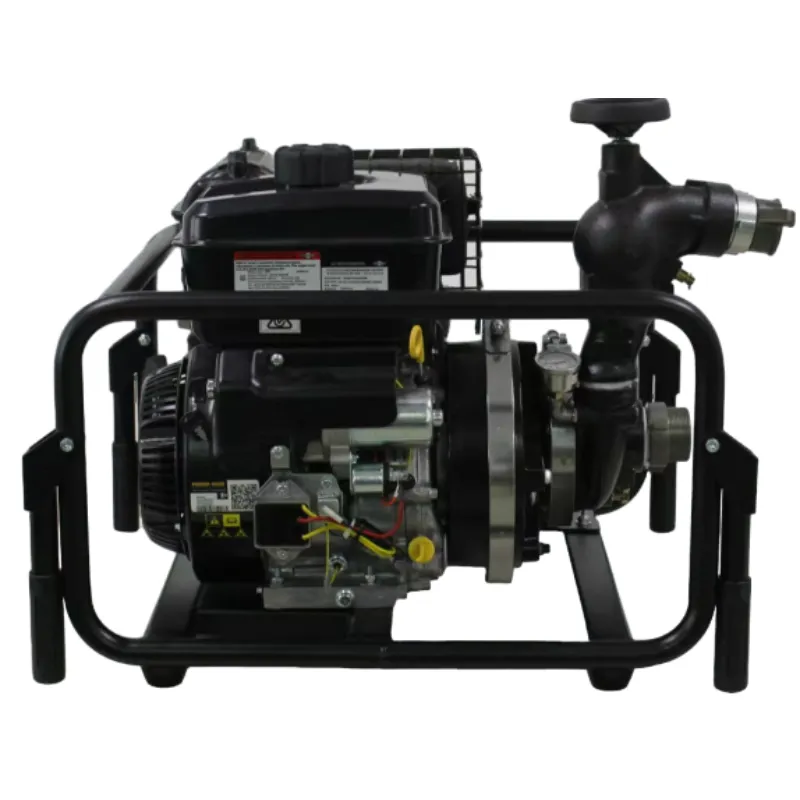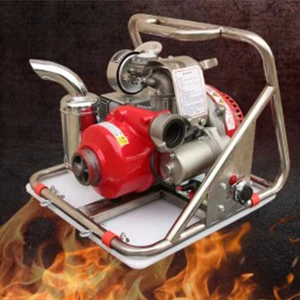

Innovation has also brought about new types such as folding and combination ladders. Folding ladders offer multifunctionality; they can transform into different configurations—such as A-frames or scaffolding—to address varied tasks. Combination ladders, meanwhile, incorporate features of both extension and step ladders, making them particularly valuable in unpredictable environments where multiple uses might be necessary as a situation evolves. The evolution of ladder technology continues to advance with ergonomic enhancements and material science developments that produce stronger, lighter ladders. Modern fire fighting ladders increasingly utilize materials like aluminum and fiberglass, providing a balance between durability and weight. This enhances a firefighter's ability to quickly transport and deploy the ladders during time-critical operations. Understanding these diverse ladder types and their applications emphasizes the expertise inherent in firefighting operations. Selecting the proper ladder is not merely a proactive strategy for combating fires but a crucial decision that reflects on the safety, efficiency, and success of emergency responses. Firefighters undergo rigorous training to operate these ladders under the pressures of emergency conditions, illustrating the blend of experience and authority required to effectively manage such life-or-death tools. Each type of ladder brings its own set of advantages and necessities, contributing to an overall framework that supports firefighting efforts. The expertise and trustworthiness developed through not only technological advances but also through the seasoned experience of firefighters, form a cornerstone for safety and success in firefighting operations worldwide.





























